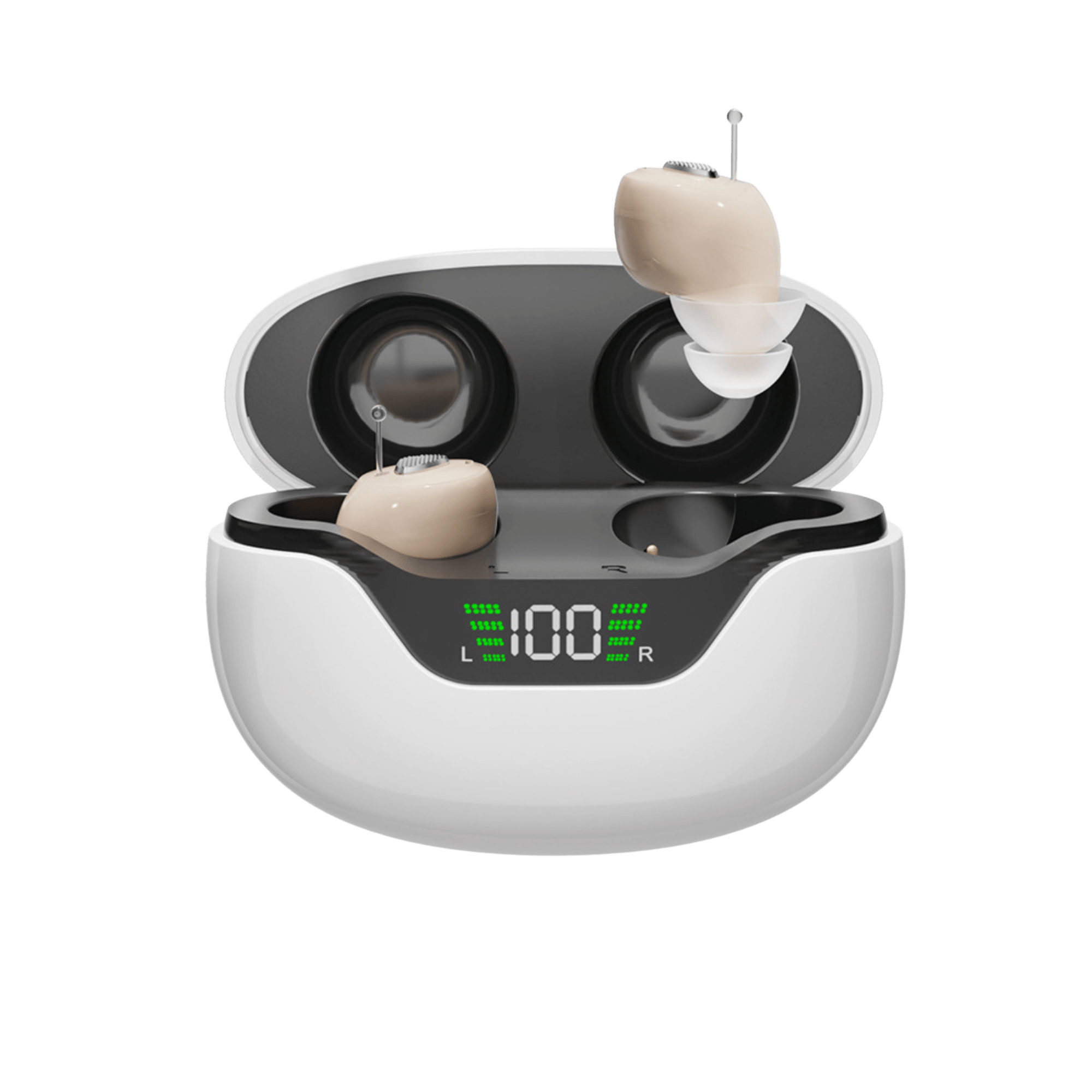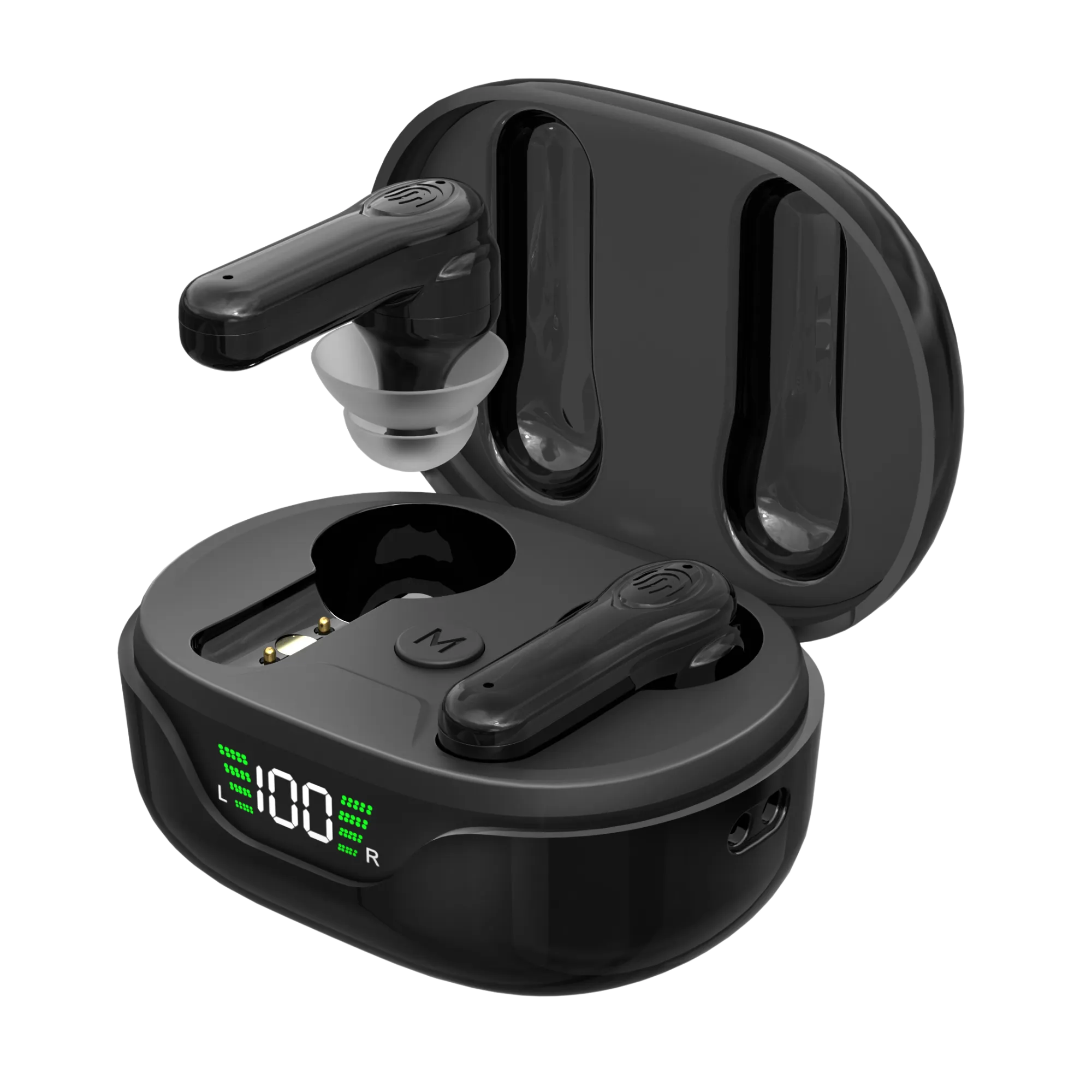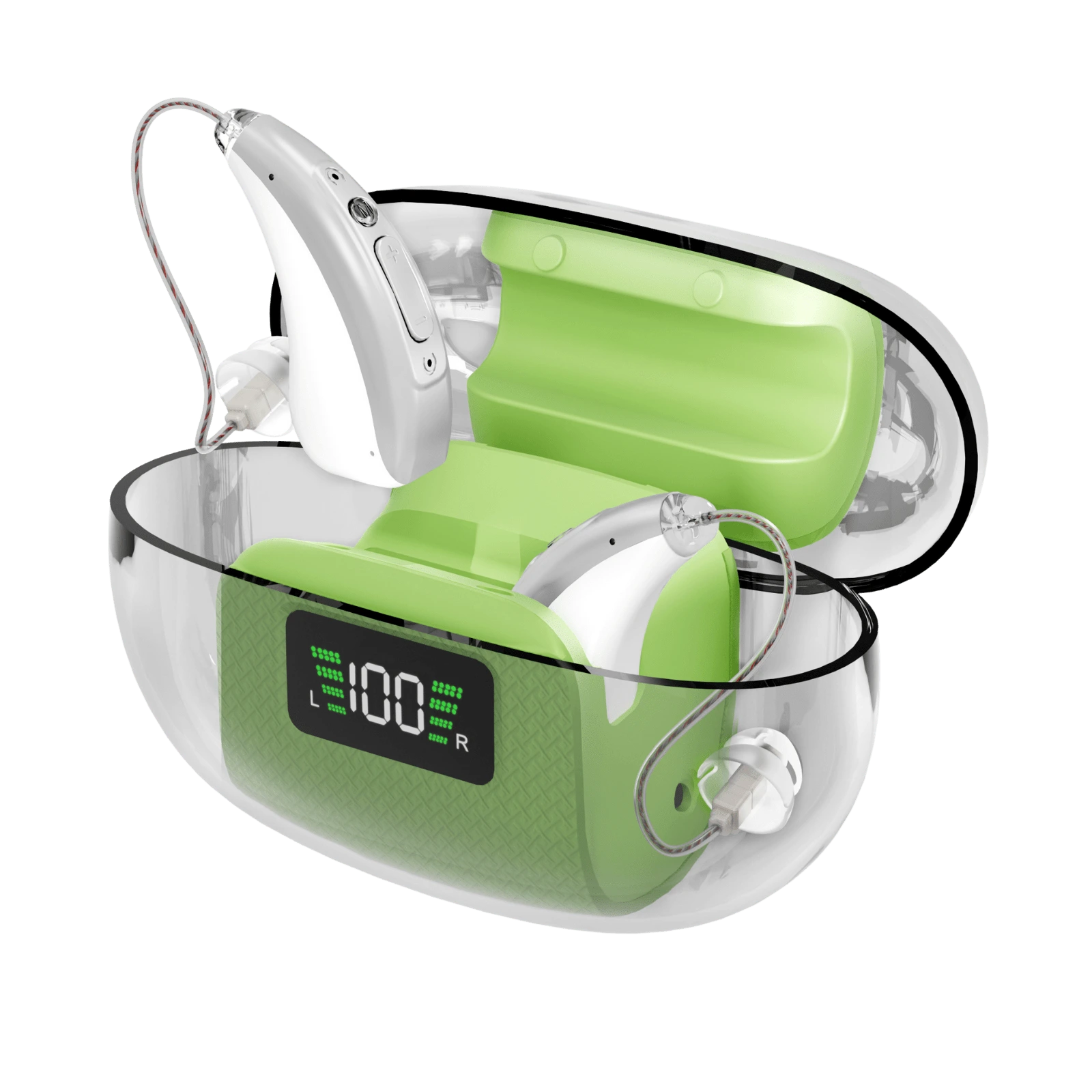Introduction
Although hearing aids are essential for those who have hearing loss, it can be difficult to find the financial means to purchase them. The terrain of support, on the other hand, is large and diversified, spanning a variety of different aspects of society. This essay has a particular emphasis on two distinct groups: dependents of veterans and students with hearing loss. Within these two categories, we investigate the many avenues that may be taken to get hearing aid coverage.
For Those Who Serve: Dependents' Health Insurance for Veterans and Military Personnel
Hearing aids are one of the many medical services that are provided by the Department of Veterans Affairs (VA), which is well-known for its dedication to helping veterans in general and specifically. But what about the people who are financially dependent on veterans?
For instance, the Civilian Health and Medical Program of the Department of Veterans Affairs (CHAMPVA), which stands for the Civilian Health and Medical Program of the Department of Veterans Affairs, offers coverage to the wives and children of veterans who are totally and permanently incapacitated. Hearing aids may be covered under this plan if it is determined that they are medically required. Additionally, under certain conditions, the Family Member Benefits program of the Department of Veterans Affairs will pay for hearing aids for qualifying dependents. It is very necessary to speak with a VA professional in order to acquire a complete understanding of these benefits.
TRICARE, the health care program that serves uniformed service members, retirees, and their families, also provides limited coverage for hearing aids for dependents under certain plans. This coverage is in addition to the VA programs that are already in place. Because the particulars might differ from case to case, it is vital to study the particulars of your TRICARE plan or to consult with a TRICARE agent.
Investments in Sound Education: Funding Opportunities for Students with Hearing Loss
Scholarships and grants are common forms of financial assistance offered by educational institutions to students who struggle with hearing loss. Many of these programs for financial assistance are aware of the additional costs associated with hearing aids and take these costs into consideration when assessing the size of the award.
For instance, the AG Bell College Scholarship Program provides monetary assistance to full-time students with hearing loss who communicate orally and are enrolled in an institution of higher education that is considered to be mainstream. Students who have clinically severe bilateral hearing loss are eligible to apply for the Sertoma's Scholarship for the Hard of Hearing or Deaf, which offers financial assistance.
Additionally, certain educational institutions, such as colleges and universities, make accessible resources to help students who have impairments. These resources, which may sometimes be used to cover the cost of required items such as hearing aids, can be found.
Conclusion
As we go deeper into the world of hearing aid coverage, it becomes abundantly evident that some populations, such as the dependents of veterans and hearing-impaired students, have access to specialized forms of assistance. There are a number of different avenues that these organizations may pursue in order to acquire financial support for hearing aids. Some examples of these avenues include scholarship opportunities and university resources.
The process of achieving auditory clarity is a collaborative effort that encompasses a wide variety of organizations, initiatives, and individuals who are all committed to achieving the same overarching objective: expanding people's opportunities to maintain or improve their hearing health. By drawing attention to these avenues, we hope to shed light on the various alternatives and provide individuals looking for the priceless gift of sound more agency. In this intricate landscape, each new piece of knowledge puts us one step closer to achieving our goal of making hearing aids and the enhanced quality of life they provide available to everyone who has a need for them.
Although hearing aids are essential for those who have hearing loss, it can be difficult to find the financial means to purchase them. The terrain of support, on the other hand, is large and diversified, spanning a variety of different aspects of society. This essay has a particular emphasis on two distinct groups: dependents of veterans and students with hearing loss. Within these two categories, we investigate the many avenues that may be taken to get hearing aid coverage.
For Those Who Serve: Dependents' Health Insurance for Veterans and Military Personnel
Hearing aids are one of the many medical services that are provided by the Department of Veterans Affairs (VA), which is well-known for its dedication to helping veterans in general and specifically. But what about the people who are financially dependent on veterans?
For instance, the Civilian Health and Medical Program of the Department of Veterans Affairs (CHAMPVA), which stands for the Civilian Health and Medical Program of the Department of Veterans Affairs, offers coverage to the wives and children of veterans who are totally and permanently incapacitated. Hearing aids may be covered under this plan if it is determined that they are medically required. Additionally, under certain conditions, the Family Member Benefits program of the Department of Veterans Affairs will pay for hearing aids for qualifying dependents. It is very necessary to speak with a VA professional in order to acquire a complete understanding of these benefits.
TRICARE, the health care program that serves uniformed service members, retirees, and their families, also provides limited coverage for hearing aids for dependents under certain plans. This coverage is in addition to the VA programs that are already in place. Because the particulars might differ from case to case, it is vital to study the particulars of your TRICARE plan or to consult with a TRICARE agent.
Investments in Sound Education: Funding Opportunities for Students with Hearing Loss
Scholarships and grants are common forms of financial assistance offered by educational institutions to students who struggle with hearing loss. Many of these programs for financial assistance are aware of the additional costs associated with hearing aids and take these costs into consideration when assessing the size of the award.
For instance, the AG Bell College Scholarship Program provides monetary assistance to full-time students with hearing loss who communicate orally and are enrolled in an institution of higher education that is considered to be mainstream. Students who have clinically severe bilateral hearing loss are eligible to apply for the Sertoma's Scholarship for the Hard of Hearing or Deaf, which offers financial assistance.
Additionally, certain educational institutions, such as colleges and universities, make accessible resources to help students who have impairments. These resources, which may sometimes be used to cover the cost of required items such as hearing aids, can be found.
Conclusion
As we go deeper into the world of hearing aid coverage, it becomes abundantly evident that some populations, such as the dependents of veterans and hearing-impaired students, have access to specialized forms of assistance. There are a number of different avenues that these organizations may pursue in order to acquire financial support for hearing aids. Some examples of these avenues include scholarship opportunities and university resources.
The process of achieving auditory clarity is a collaborative effort that encompasses a wide variety of organizations, initiatives, and individuals who are all committed to achieving the same overarching objective: expanding people's opportunities to maintain or improve their hearing health. By drawing attention to these avenues, we hope to shed light on the various alternatives and provide individuals looking for the priceless gift of sound more agency. In this intricate landscape, each new piece of knowledge puts us one step closer to achieving our goal of making hearing aids and the enhanced quality of life they provide available to everyone who has a need for them.





